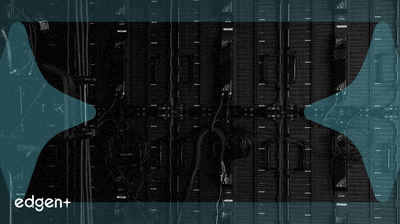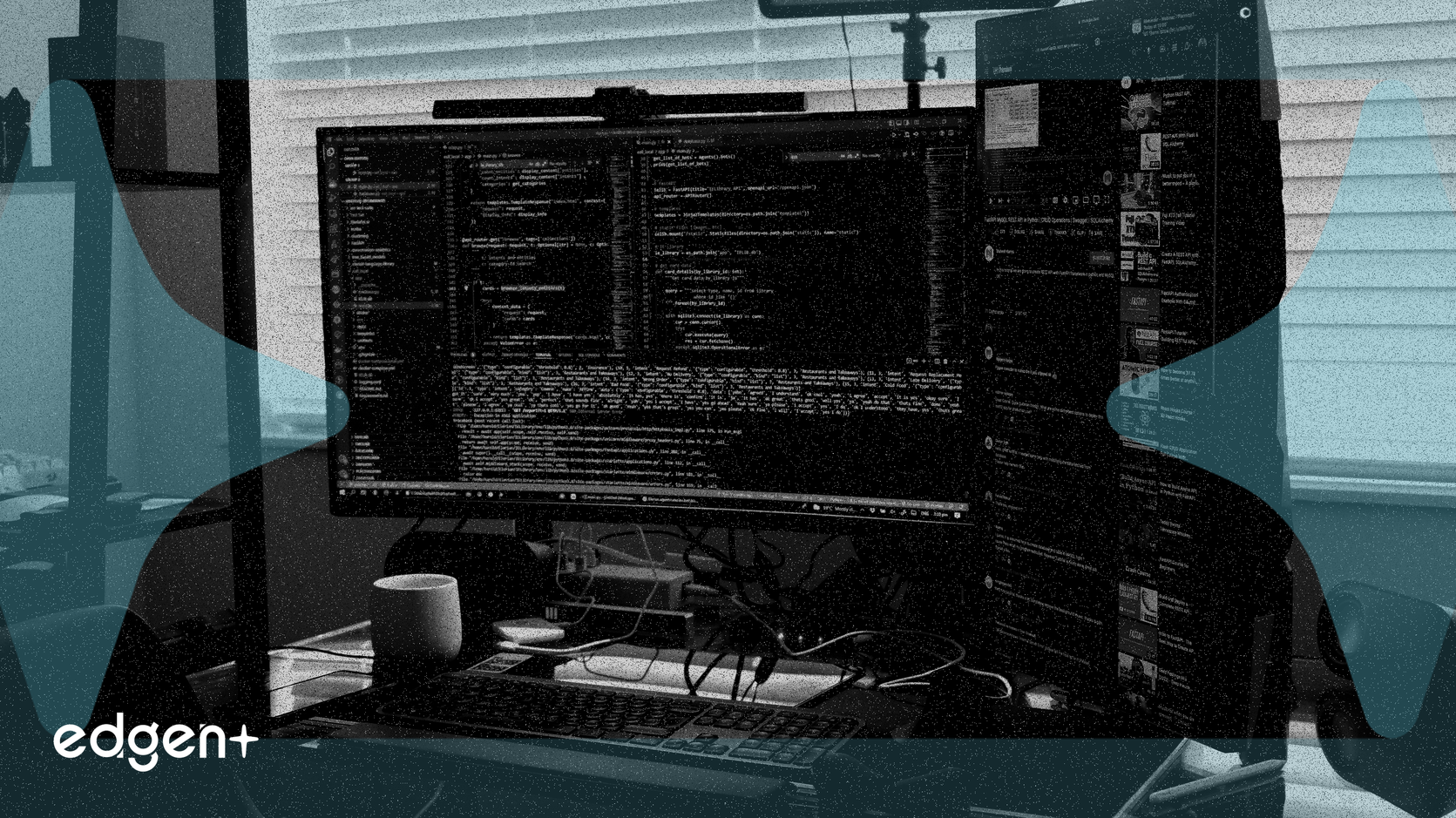Related News

Flughafen Wien Stock Drops 24% Despite Reported Revenue Growth
## Executive Summary Flughafen Wien Aktiengesellschaft (FWAG), the operator of Vienna Airport, saw its stock price fall sharply by 24.17% following the release of its third-quarter 2025 financial results on November 18, 2025. The significant drop occurred despite the company reporting a year-over-year increase in revenue. This contradictory movement suggests that investors are reacting to deeper, more concerning details within the full earnings report, such as forward-looking guidance, rising operational costs, or eroding profit margins, rather than the positive headline revenue figure. ## The Event in Detail According to its published quarterly report, the **FWAG** Group's revenue increased by 5.6%, or €17.0 million, to €321.0 million in the third quarter of 2025, compared to €304.1 million in the same period of 2024. However, the market response was overwhelmingly negative, with the stock, traded under the ticker **VIAAY**, plummeting 24.17%. The stark divergence between the top-line revenue growth and the subsequent stock performance indicates that the earnings call and the detailed financial statements contained data points that have significantly unsettled investors. ## Market Implications The market's reaction to **Flughafen Wien's** report underscores a critical shift in investor priorities. In the current economic environment, top-line revenue growth alone is no longer sufficient to secure investor confidence. The severe sell-off suggests a heightened sensitivity to profitability metrics and future outlook, particularly within the capital-intensive airport and travel sectors. This event serves as a case study for how underlying financial health, including debt, cash flow, and forward guidance, can decisively outweigh positive but superficial metrics. Other companies in the sector may now face increased scrutiny as investors prioritize sustainable profitability over simple growth narratives. ## Expert Commentary Market analysts suggest that such sharp declines in the face of apparent growth are not uncommon when underlying details miss expectations. One market psychology principle notes that "the market was a reflection of what investors couldn't predict." This sentiment applies here, where the negative surprise was likely not in the revenue but in the less-publicized details of the earnings report. The mass psychology of the market appears to have shifted from rewarding growth to punishing any signs of future instability or declining profitability. ## Broader Context This incident is emblematic of a broader trend of intense scrutiny on corporate valuations in the post-pandemic era. While the travel industry has been on a recovery trajectory, investors are now moving beyond simple recovery metrics. The focus has shifted towards identifying companies with resilient operational models and sustainable long-term profitability. The negative reaction to **VIAAY's** report may trigger a re-evaluation of other airport operators and travel-related stocks, prompting a deeper analysis of their financial resilience rather than just their revenue recovery figures.

Hon Hai and OpenAI Form Strategic Partnership to Develop AI Data Center Hardware
## Executive Summary Hon Hai Precision Industry, internationally known as **Foxconn**, has entered into a strategic partnership with **OpenAI** to co-design and develop hardware for artificial intelligence data centers. This collaboration leverages Foxconn’s extensive manufacturing and supply chain expertise to meet the intensive infrastructural demands of large-scale AI models. The move marks a significant step in Foxconn's strategy to diversify into the high-margin AI server market, which the company has identified as a primary engine for future growth. ## The Event in Detail The partnership was confirmed by **Foxconn Chairman Young Liu**, who stated that the company has been in talks with the ChatGPT developer regarding cooperation on data center development. The collaboration will focus on the joint design of specialized server racks tailored for AI workloads, with a long-term goal of adding 10 gigawatts of AI data center capacity. This initiative is a component of Foxconn's broader plan to invest up to $1.4 billion in AI-related data center equipment by the end of 2026. Further specifics of the partnership are anticipated to be revealed at Hon Hai Tech Day. ## Financial and Strategic Mechanics For Foxconn, this partnership represents a calculated pivot from its core business of lower-margin electronics contract manufacturing toward the high-growth, high-value AI infrastructure sector. Chairman Liu explicitly stated, "AI will be a key driver of Hon Hai's growth next year," underscoring the company's ambition to offer "one-stop AI solutions" designed to enhance its gross margin. By engaging directly in the design process with a leading AI developer, Foxconn positions itself not merely as a manufacturer but as a critical co-developer in the AI value chain, capturing more value than through simple assembly. ## Market Implications and Competitive Landscape The alliance has significant implications for the AI hardware market. It provides **OpenAI** with a diversified hardware supply chain and a direct line to one of the world's largest manufacturers, ensuring the massive scale of infrastructure required to train and deploy future models. For **Foxconn**, it solidifies its role as an indispensable supplier in the AI ecosystem. The competitive environment for AI infrastructure is intensifying. This partnership follows a similar announcement between **Hitachi** and **OpenAI**, which focuses on sustainable data center technologies like cooling and power systems. This trend highlights a broader industry pattern where AI leaders are forging direct alliances with industrial heavyweights to build out the physical backbone of the AI economy. Moreover, the Foxconn-OpenAI collaboration must navigate the terms of OpenAI's foundational and extensive partnership with **Microsoft**, which remains its primary cloud and supercomputing infrastructure provider. ## Broader Context The Foxconn-OpenAI partnership underscores the immense physical infrastructure challenge posed by the rapid advancement of artificial intelligence. The unprecedented demand for specialized servers, power grids, and cooling technologies is creating new and lucrative markets for traditional hardware and industrial manufacturing firms. This move reflects a strategic shift in the industry, where AI software firms are working more closely than ever with hardware producers to co-engineer optimized, efficient, and scalable systems from the ground up, signaling a deeper integration of the AI software and hardware supply chains.

Solesence Reports Q3 Revenue Decline and Margin Compression Amid Operational Challenges
## Executive Summary Solesence Inc. (**SLSN**) has reported challenging financial results for the third quarter of 2025, revealing a significant contraction in revenue and gross margins. The report points to persistent operational inefficiencies and mounting costs that are impacting profitability. While the company expresses confidence in its strategic reorganization, the data indicates potential financial stress in the upcoming quarters, with the possibility of a capital raise to shore up its balance sheet. ## The Event in Detail In its Q3 2025 earnings report, **Solesence** disclosed a revenue of $14.5 million, down from $16.9 million in the prior-year period. This decline was accompanied by a severe erosion of its gross margin, which fell to 23% from 36% year-over-year. According to the company's earnings call transcript, this margin compression is a direct result of "manufacturing inefficiencies and expenses associated with facility" enhancements. These figures underscore the operational difficulties the company is currently navigating. ## Market Implications The reported financials have solidified a bearish market sentiment surrounding **SLSN**. The combination of slowing revenue, rising operational costs, and increased leverage presents a risk of continued financial strain. Analysts note that these operational headwinds may necessitate a capital raise in the near future. Such an event could lead to dilution for existing shareholders and place further downward pressure on the stock price. ## Expert Commentary Financial analysis indicates that **Solesence** may face "significant financial stress" in the coming quarters. The primary drivers are the sustained pressure on margins from the cost of sales and high operating expenses. Despite the challenging quarter, the company's management remains publicly optimistic. In a statement, the company noted its confidence that its "wider organizational and commercial strategies will solidify Solésence's future." This strategic reorganization is positioned as the primary vehicle for navigating the current headwinds. ## Broader Context The challenges at **Solesence** reflect a combination of internal operational struggles and external market pressures, including changing consumer trends. The company is at a critical juncture, where the success of its strategic reorganization will determine its ability to stabilize operations and regain a path to profitable growth. The current financial performance highlights the difficulties firms can face when dealing with manufacturing inefficiencies in a shifting market landscape, serving as a case study for the importance of operational agility.
